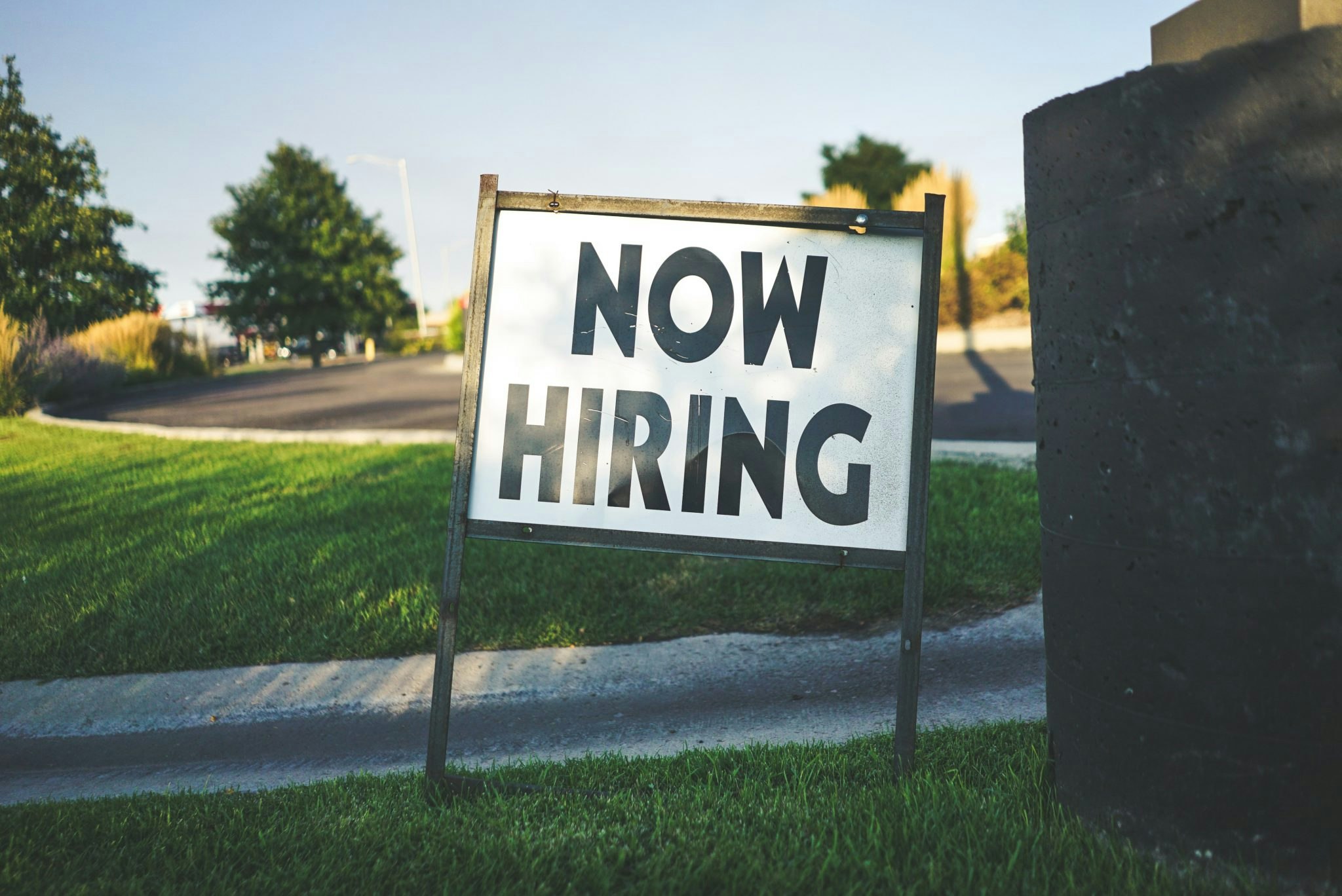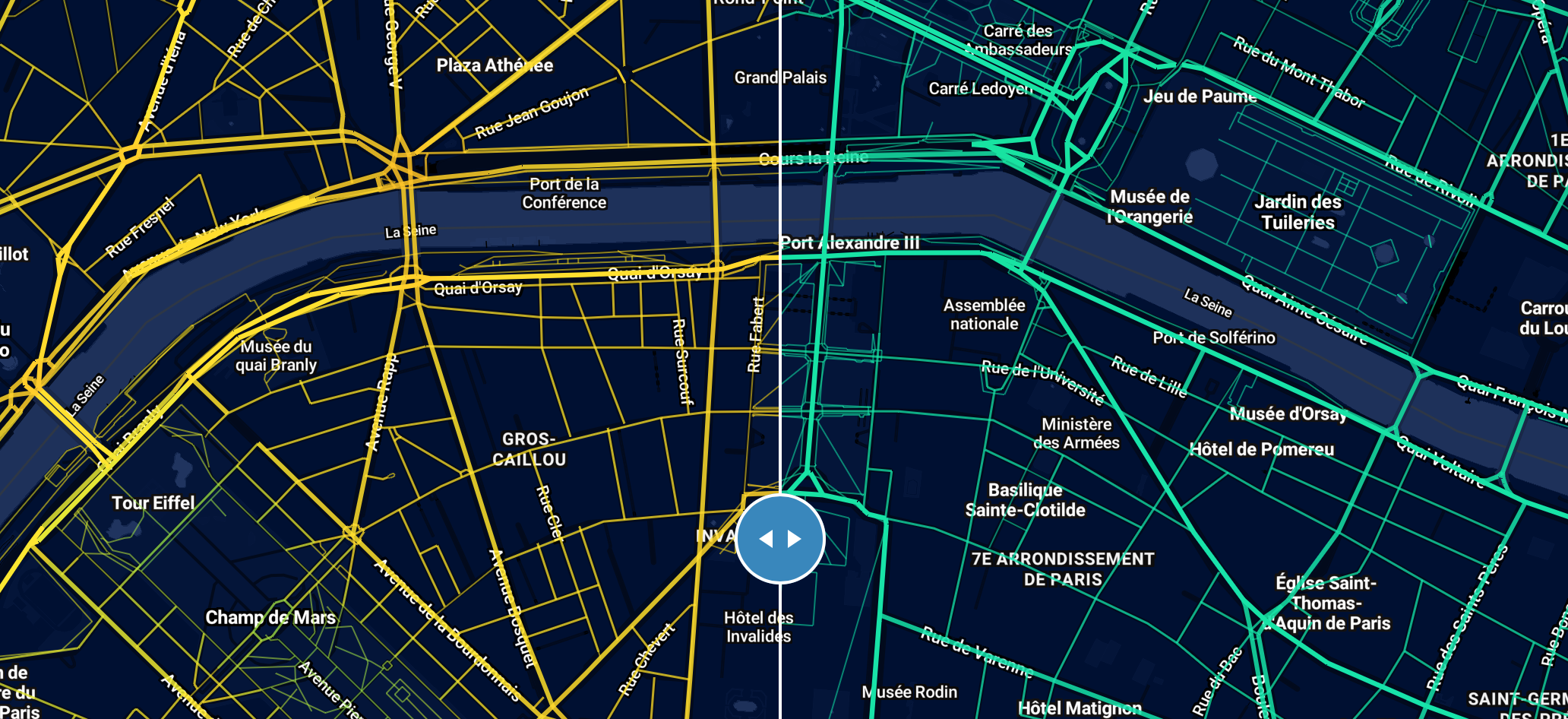Lockdowns are starting to loosen around Europe and businesses are putting on their thinking caps about how to ease employees out of confinement.
There’s no chance yet of a full return to pre-Covid habits, with governments across the continent encouraging remote work wherever possible.
But in cities from Barcelona to Paris, where many lockdown restrictions are being lifted, deconfinement pioneers are experimenting with best practice and offering lessons for those that will soon follow.
One of those is Parisian mega-campus Station F, which re-opened for its 3,000 resident entrepreneurs after eight weeks of being shut.
Guests aren’t allowed into the 51,000 square-metre space until June at least, and the campus’ restaurants remain closed, as per legal requirements. But everything else is slowly moving towards a progressive reopening, mainly in response to demand from entrepreneurs and partners who wanted back in.
“We decided to reopen Station F, in compliance with government recommendations of course, to give entrepreneurs a choice,” says Station F spokesperson Grégoire Martinez. “Entrepreneurs can decide to come in or not depending on their need for a physical office.”
So how are they handling the return? And what lessons can other companies learn?
- Rethinking people traffic. Station F’s usual village feel, with multiple ways in from every Parisian street around it, has been modified to have a single entrance to allow for better security and communications. It gives the staff a chance to make sure everyone coming in learns the new rules — and washes their hands with cleansing gel. Separately, to avoid people walking too close or physically bumping into each other, staircases have been turned into single direction use.
- Follow the markings. Government’s recommendations for social distancing mean people should remain at least one metre away from anyone else at all times. To make that easier to respect, Station F added markings on the floor (visible big white lines), especially in places where queuing happens. There are also markings for routes to follow to get around the building. The point overall is to avoid random and unpredictable movements that make it likelier to fail at distancing.
- Personal space in an open space. Station F is basically built as a massive open space with meeting cubes here and there and rows of desks intertwined with more casual lounging areas. Government guidance means the campus had to rethink its layout and how space is split to make sure everyone gets their own area of four square metres. To do that, it cut back on the number of people that can sit at the same table and the same row of desks. That’s fine for now, because it’s unlikely all resident entrepreneurs will return at once, but staff are ready to spread desks out over a bigger area and have freed up space for that in case more people show up at once. Station F also cut in half the number of people who can sit in a meeting room at the same time — that’s also meant expanding to set up new private meeting spaces elsewhere.
- Everyone wears masks everywhere. This isn’t a legal requirement, but something Station F decided for extra safety. Social distancing measures, like standing farther from someone you’re speaking to, don’t come naturally to most. In that sense, the Station F staff also see the mask serving as a failsafe as people learn the new rules and adapt to them.
- Lots of reminders. There are signs telling people how to implement social distancing around Station F, but that’s not enough. Campus staff also goes around the building to remind residents of the new rules. The team of chief executive Roxanne Varza bets it will take a bit of time for people to get used to these new habits, and regular gentle reminders can help.
- Baby steps. Getting “back to normal” isn’t going to happen overnight. Station F is expecting a very progressive ramp-up — and the staff is convinced that not rushing into things is a key part of not screwing up deconfinement. For the first week, the campus is sticking to essentials. It’ll take on the task of onboarding new residents the second week, and test that for a bit before restarting more services and adding more people to the mix.
What’s at stake?
At Station F, re-opening isn’t so much that entrepreneurs and their employees are itching to ditch Zoom and get back around a table in real life for a morning meeting.
The shift to remote work was painless for the vast majority of the campus’ startups, who were mostly accustomed to it before the coronavirus pandemic hit, says Martinez.
But for some entrepreneurs, keeping business rolling means coming back to the campus. That’s especially true for those working on hardware developments and physical products, who need access to dedicated space like Station F’s prototype-building area for experimentation.
In other cases, face-to-face meetings remain a key part of mentorship programmes and resident entrepreneurs are planning to come in for sit-downs with some of the companies running one of the thirty or more accelerator programs at Station F.
More broadly, France started lifting lockdown hurdles on May 11 with a plan prime minister Édouard Philippe presented as striking “a balance between economic imperatives and preserving health”, after two months of full confinement hit economic activity severely and yielded thousands of job destructions.
On startups specifically, the view from the French government is evolving from putting out fires, with a generous bailout plan being deployed since March, to getting upstarts back on the jobs creation path.
Sifted’s analysis of data by France Digitale showed some 300 startups still posting new positions to fill through the Covid-19 crisis in France.
For those startups and others, it doesn’t look like getting back to a physical presence is a factor as far as hiring goes.


